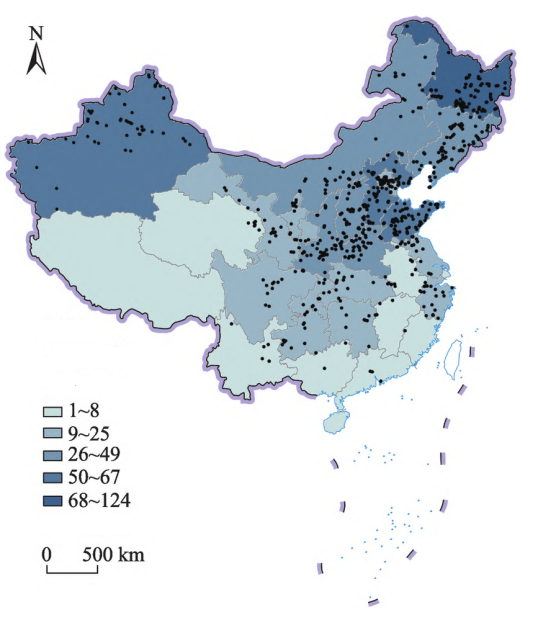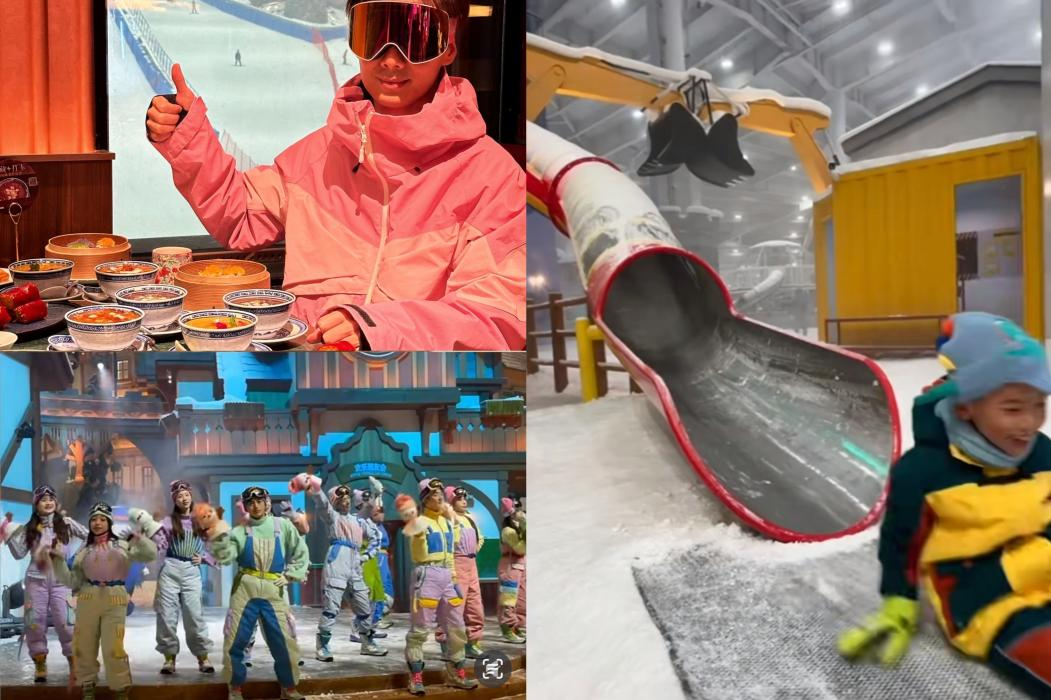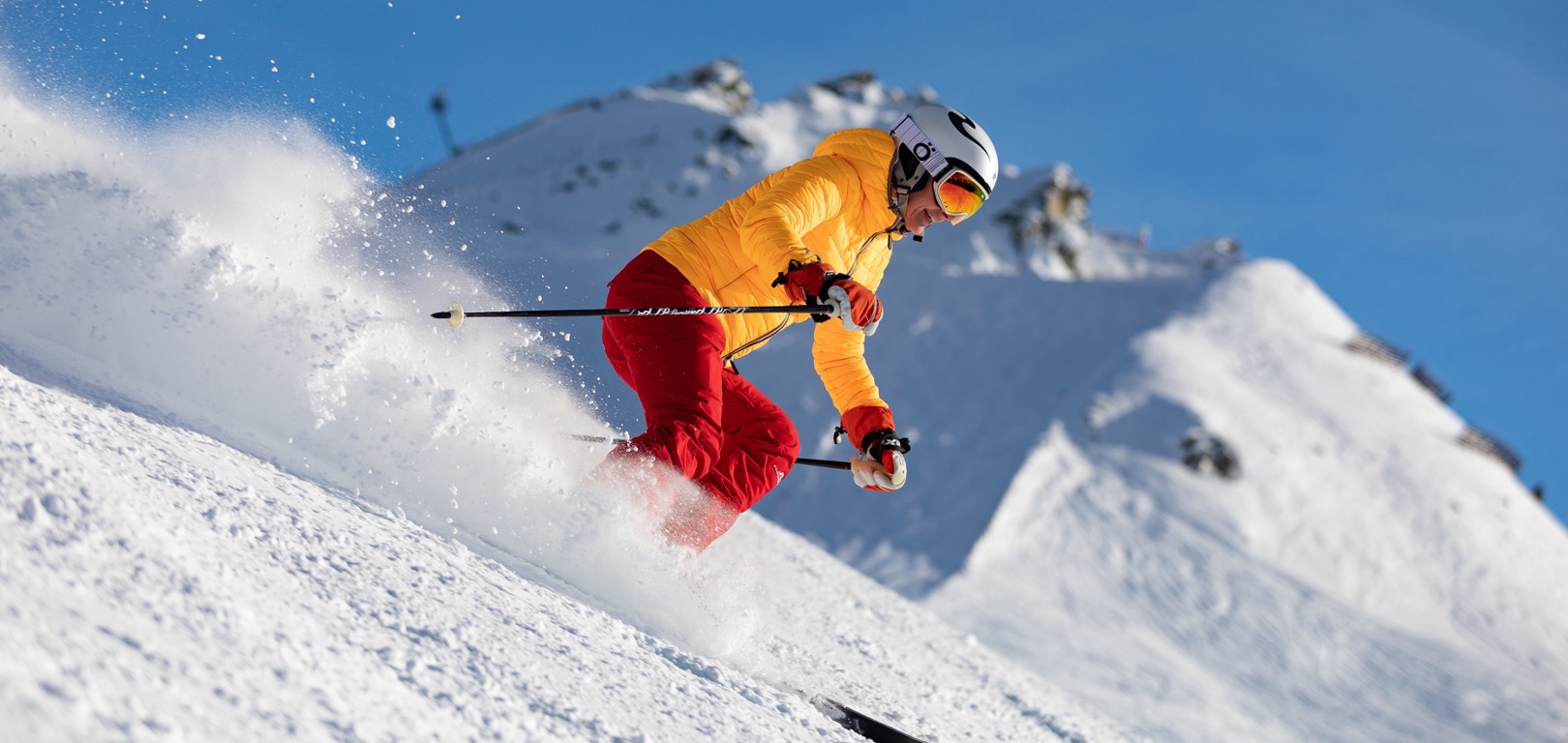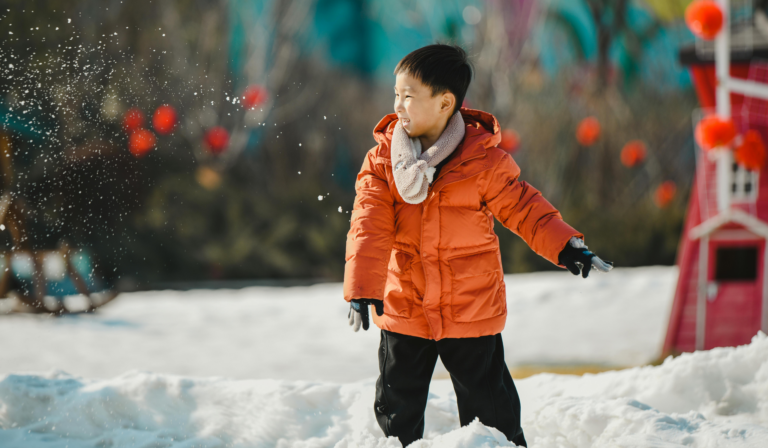The Chinese ski market is expected to continue experience sustained growth driven by the 2022 Beijing Winter Olympics. The market size of the Chinese ski market reached approximately RMB 12 billion in 2023, double the RMB 6 billion amount in 2018, indicating a robust growth in the market. This is further supported by the government, which, in 2024, shared its plan to boost the ice and snow economy, targeting a value of RMB 1.5 trillion by 2030.
Download our 2024 China Summer Sports Market report

How the Chinese ski market doubled in five years
Despite the wintery climate of northern China, skiing arrived relatively late in China and is only now gaining mass traction. Until recently, skiing was long considered a niche luxury sport accessible to the privileged few.
However, skiing is now becoming more popular and accessible, particularly among the young generation. Ski competitions, such as the 2022 Beijing Winter Olympics, have played a major role in driving public interest. After the Olympics, Zhangjiakou, the location of the Winter Olympics and the largest high-end skiing hub in China, hosted 18 international and national snow competitions from December 2023 to March 2024. The Chinese government also organizes at least 20 regional and mass competitions yearly to promote ski tourism.
Moreover, with China’s stronger performance in the Olympics, people are motivated to take up skiing. Eileen Gu (谷爱凌), for example, has significantly inspired the general public to try skiing. She is the first Chinese athlete to win an Olympic gold in a women’s snow event and the first freestyle skier in the world to get three medals in one Winter Olympics. Her achievements, along with the strong sense of national pride and collective honor, have further fueled interest in skiing.
China’s ski resorts are concentrated in the Northeast
Outdoor ski resorts in China are mainly distributed in three Northeast provinces and around Beijing. However, most skiers come from first and second-tier cities in the south. Over 75% of winter tourism visitors in Northeast China are from southern regions, with most coming from Zhejiang, Jiangsu, Fujian, Guangdong, and Shanghai. Therefore, the skiers have long commutes and usually stay head to the resorts during holidays.

Chinese New Year: skiing and traveling rather than returning home and spending family time
During the holiday, most famous for being the largest human migration in modern times, more people are using the winter holiday period for visiting ski resorts. From January 28th to February 4th, 2025, the Altay region in northern Xinjiang welcomed 1.2 million tourists, generating RMB 863 million in revenue in tourism.
Brands reach ski vacationers through pop-up events in ski resorts
Tmall hosted fashion shows to showcase the warmth and waterproof performance of winter clothes in Altay. It collaborated with 24 top brands, such as Descente, Phenix, Goretex, Burton, ISEE MIGGA, Oakley, Awka, Columbia, and UTO.
They also held the Second Annual Wacky Ski Competition. Participants representing different brands made simple snow sleds out of plastic and cardboard. The brand with the most comical falling posture was the winner. The video related to the game received 160 thousand views on Bilibili as of February 12th, 2025.


Amid the rapid growth of ski resorts in China, there is still a shortage of advanced ski resorts
Although the number of ski resorts in China has surged from 460 to 719 over the past decade, advanced resort ski slopes are still scarce. The number of ski resorts with vertical drops exceeding 300 meters remains at 33. However, each receives 193,000 visitors on average, increasing by 51.7% compared to the others growing at 3.6% during the 23-24 snow season. The proportion of intermediate and advanced skiers increased rapidly from 20% in 2019 to 45% in 2023, according to Trip.com and Wiswift. As skiers advance to higher levels, there is a need for more advanced ski resorts.

Xinjiang is a top destination for advanced skiers
Ski resorts in Xinjiang serve as a good place to vacation, especially for advanced skiers due to the high-quality, natural snow and steeper terrain. Unlike most domestic ski resorts, where artificial snow accounted for over 90% of the snow build in 2024, Xinjiang is one of the few destinations with reliable powder snow. Moreover, during the Spring Festival, the resort hosts skiing competitions during the day and ski stunt performances at night. Skiers can also experience ice fishing on Ulungur Lake, enjoy hotpots in the snow, and admire the aurora.
Indoor ski resorts have become weekend playgrounds for urbanites
China boasts the highest number of indoor ski resorts in China, with 60 as of December 2024. More of these ski resorts in China are being built inside the shopping malls, allowing people to practice skiing regularly. For example, the world’s largest indoor skiing theme park is the Shanghai L+SNOW Indoor Skiing Theme Resort. Besides the 98,000 square meters ski field and hotel, there are amusement parks, shopping centers, and restaurants. This is an excellent place for parents to spend weekends with their children. After all, 52% of skiing enthusiasts go with their families.

Ski resorts without snow: Ski simulators and dry slopes
As visiting ski resorts is expensive, beginner Chinese skiers are looking for a more affordable entry-point to the sport. As of 2022, Scienceboye, a Chinese technology company specializing in XR, accumulated nearly 300 ski simulators, more than twice that of all ski simulators nationwide in 2019. Combining VR technology, this company has already attracted almost 2 million people to winter sports by the end of 2022. Other major companies include Skinow and SkyTechSport. Moreover, it’s not just amateur skiers demanding this technology. Athletes also used them to train all year long for the 2022 Winter Olympics.

Another way to ski all year is to use dry slopes, artificial ski slopes made of synthetic materials that mimic the feel of snow. Since its introduction in 2012 to 2023, China has had 42 dry ski slopes, ranking first globally. In China, dry ski slopes utilize a hollow structure and mushroom shape, reducing the sliding speed and decreasing sports injuries. This design helps beginners learn more easily and allows athletes to practice advanced maneuvers. JF (尖锋) Dryski training ground received 33 thousand visits in 2024, where Eileen Gu received training for the 2022 Beijing Olympics.

Chinese skiers are more concerned with the experience
Generation Z Chinese are willing to invest in winter clothes. Enthusiastic about taking photos to showcase their individuality and sense of fashion, they often wear ski outfits with very vibrant colors, giving rise to trends like the “colorful mountain” and “dopamine ski wear” in the winter apparel market in China.

Something unique to skiing in China is the added protection for safety. Chinese skiers and snowboarders are famous for wearing turtle cushions to their buttocks, adding pads to their knees, elbows, and other body parts to reduce fall injuries through cushioning. This cushion often features varying designs, such as “The Three Bare Bears” and “SpongeBob Square Pants”, typically in cute styles.
In Harbin and other places, special services have been introduced where instructors ski while holding or carrying beginners so they can safely experience the thrill of skiing.
The growing Chinese ski market has enormous potential
- Ski resorts in China are mostly located in the northern region. Many of them are geared towards beginners, which aligns with the fact that most Chinese people are beginners. However, as skiers advance to higher levels, there will be a need for more vacation-style complexes suitable for advanced skiers.
- The outdoor ski resorts provide a new way for the Chinese to celebrate the Spring Festival.
- Indoor ski resorts in China, many in shopping mall complexes, have made skiing more accessible and a popular destination for close-range leisure activities.
- Ski simulators and dry ski slopes help reduce sports injuries, are beginner-friendly, and showcase advanced technology.
- The large group of beginners is willing to spend money on skiing, purchasing ski clothing, and hiring instructors to guide them in skiing, hoping to achieve the best experience in the shortest time.





